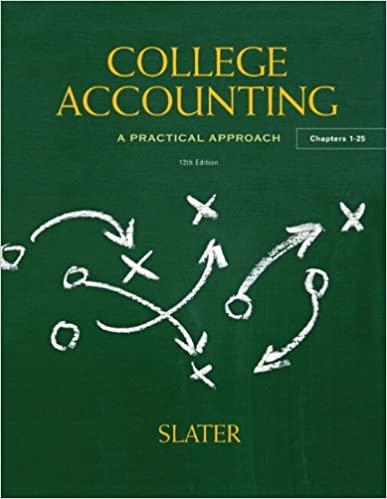Answered step by step
Verified Expert Solution
Question
1 Approved Answer
QUESTIONS 1 . Symbioc Denzel Co . ( SyDco ) is a company incorporated and tax resident in Persia. It carries on a business of
QUESTIONS
Symbioc Denzel CoSyDco is a company incorporated and tax resident in Persia. It carries on a business of both manufacturing and distributing computer products.
In tax year SyDco initiated the business expansion process into the process of expanding its business into Samaca by sending out Roseline, a member of its Persian market research team, to Samaca for month. In her report, Roseline recommended the dawn of manufacturing operations in Samaca and advised SyDco to hire a real estate agent to assist in finding a suitable site, including a warehouse, to assemble and store the products. SyDco did as advised.
SyDco acquired a warehouse in Samaca for $ million, its market value at the time, on the first day of tax year SyDco planned to store some of its partly assembled imported products in the warehouse. There was no mortgage on the warehouse. There were however delays in importing the products into Samaca, hence SyDco determined to rent out the warehouse for a fee. An independent third party tenant rented the property for the entirety of tax year at a rate of $ per annum. The tenant requested for an allin price for the rent and the provision of utilities in the warehouse; an additional $ per annum was accordingly charged to the tenant to cover utilities for tax year
Two shipments of partly assembled products were received into Samaca in tax year and were delivered by an independent logistics business to the warehouse. Due to ongoing issues in finding staff with the requisite expertise needed to assemble these
products, the partly assembled products were stored in the warehouse but were not fully assembled at that time. SyDco decided to send a number of its Persian staff to assemble some of the products in Samaca, and its Persiabased sales team found some prospective Samacan customers who advised that they would inspect the products once fully assembled. During a onemonth period in tax year month the warehouse was used both to assemble the products and to store partly and fully assembled products. At the end of month the Persian staff returned to Persia and, during the remaining months of tax year both the partly assembled and fully assembled products continued to be stored in the warehouse. The prospective Samacan customers did not purchase any assembled products in tax year but advised SyDco that they might be interested in acquiring some assembled products in tax year The market value of the warehouse was $ million in tax year
In tax year notwithstanding the possibility that some assembled products may be sold in Samaca, the Board of SyDco determined that expansion into Samaca was not as profitable as they had anticipated and consequently shipped all of the unsold products back to Samaca, placing the warehouse on the market. SyDco sold the warehouse on the last day of tax year for $ million, its market value at the time.
Both Persia and Samaca:
Have a double tax agreement DTA that is identical to the OECD Model Tax Convention
Have domestic tax regimes that determine the tax residency of their companies on the basis of incorporation.
Levy tax on the market value on immovable property on an annual basis at a rate of during the period of ownership. This rate applies whether or not the property is vacant or occupied.
Subject gains derived from the sale of immovable property to tax under their domestic tax law at and define immovable property as land and all buildings on the land as well as any fixtures
Subject income derived from real property to income tax at
Tax gains under their domestic tax regimes on a realisation basis.
Use the calendar year as the tax year.
You are required to advise SyDco on the likely tax outcomes under the PersiaSamaca DTA in tax years to in relation to the warehouse it acquired in Samaca. The monetary amounts and tax rates are used for illustrative purposes, do not calculate any amounts of tax payable.
Critically analyse distributive rules from taxation of passive income in the UN Model Tax Convention.
Prepare a report that considers the effectiveness of the OECD Model Tax Convention in addressing the improper use of tax treaties by preventing tax treaty shopping.
Identify any four antiavoidance provisions in the Income Tax Act, and discuss how each of these provisions places a limitation on the ability of a person to engage in tax planning.
Step by Step Solution
There are 3 Steps involved in it
Step: 1

Get Instant Access to Expert-Tailored Solutions
See step-by-step solutions with expert insights and AI powered tools for academic success
Step: 2

Step: 3

Ace Your Homework with AI
Get the answers you need in no time with our AI-driven, step-by-step assistance
Get Started


